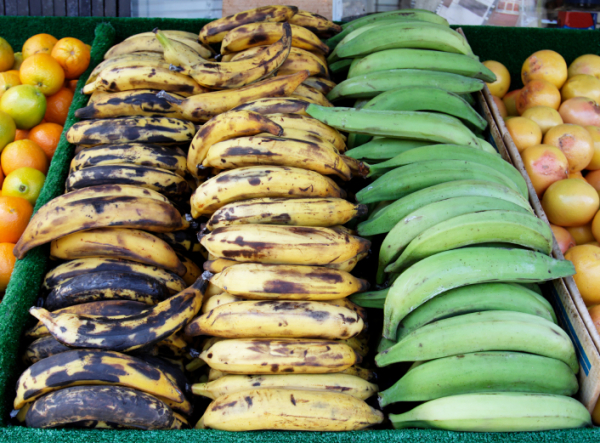Last week, I wrote about the
big agreement in Rwanda, and I promised to explain HFCs. So as my German relatives once told me, "versprochen ist versprochen!" (a promise is a promise!)
The part of the atmosphere that humans live in is called the troposphere. This layer of the atmosphere is about 78% nitrogen, 21% oxygen, plus water vapor, and many other chemicals including carbon dioxide. The troposphere plays a major role in weather and climate. The next layer up is called the stratosphere. The stratosphere is the part of the atmosphere where we find much less water vapor and we also find the ozone layer that protects us from the sun's UV rays (as opposed to the tropospheric ozone which we commonly call "smog"). We find this ozone layer about 11 to 16 miles above sea level.
Back in the 1970s and 1980s, the global community realized that the ozone layer was thinning, and that humans were a big part of the problem. We focused in on chemicals called CFCs (chloroflourocarbons) which were commonly used in propellants and coolants. Thanks to international agreements (Montreal in 1987 and Copenhagen in 1992), we've phased out or controlled the use of the ozone-depleting chemicals. That's why the person who works on your car air conditioner or your home's heating and AC has to have a special certification for handling freon and other CFCs.
The good news is, we phased out CFCs and are starting to see some recovery of the ozone hole. The bad news is, we replaced many CFCs with HFCs (hydroflourocarbons), which don't damage the ozone layer, but they do affect global warming -- in a BIG way! You've probably heard of heat trapping gases such as methane and CO2. Well, HFCs have over 1000 times the heat trapping potential of CO2! Thus, the Rwanda agreement.
Here are some interesting facts about greenhouse gases that you might not have known:
- Greenhouse gases are necessary to trap heat on the planet, and they're the reason we can live here. The problem is not greenhouse gases alone, it's the amount of EXTRA greenhouse gases humans are adding to the atmosphere.
- Water vapor is the most common greenhouse gas in the atmosphere.
- 95% of CO2 in that atmosphere is naturally occurring. It's that extra 5% that we're adding that's causing the problems.
- Carbon dioxide can last in the atmosphere for 50 to 200 years. Methane breaks down in about 12 years. HFCs are similar to methane with a lifespan of about 14 years. Nitrous oxide lasts over 100 years.
- The atmosphere can store roughly 750 billion tons of carbon without significantly changing Earth's temperature. When we burn fossil fuels, we add about 7 billion additional tons of carbon to the atmosphere each year.
Want to learn more? Just search "climate change" for more posts on this topic!
Be sure to "like" greenmomster on Facebook!







